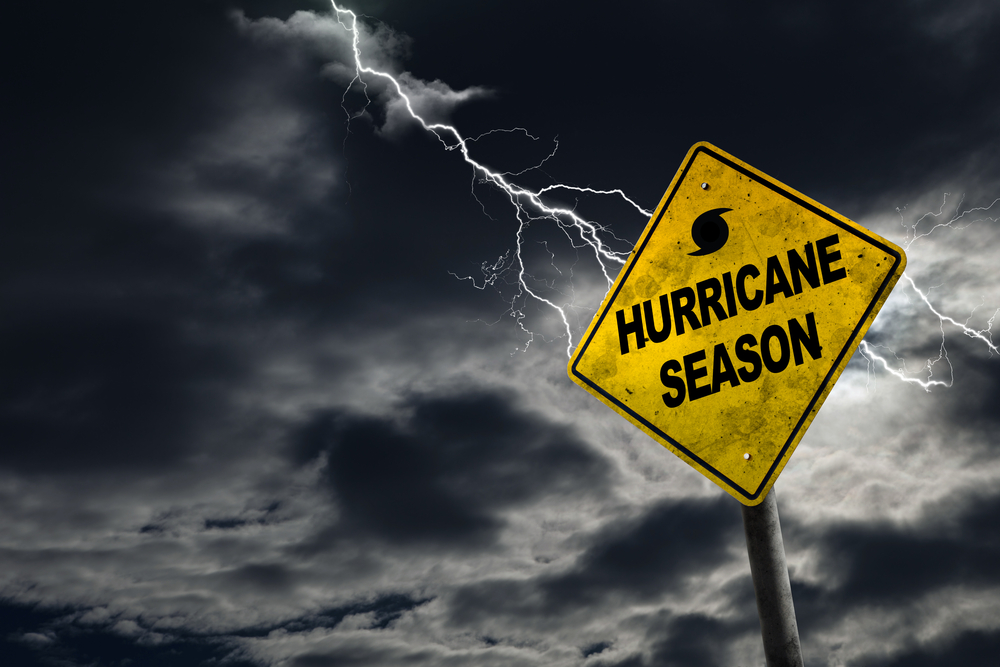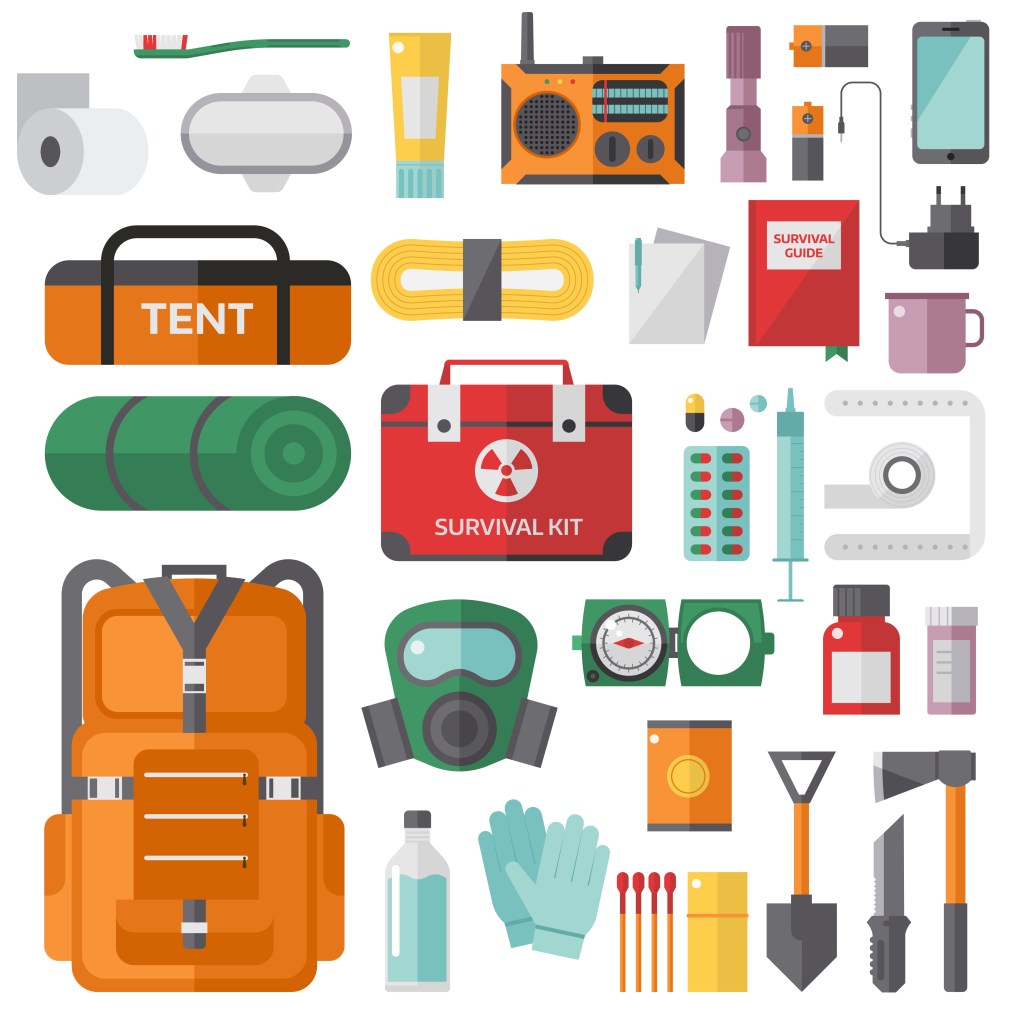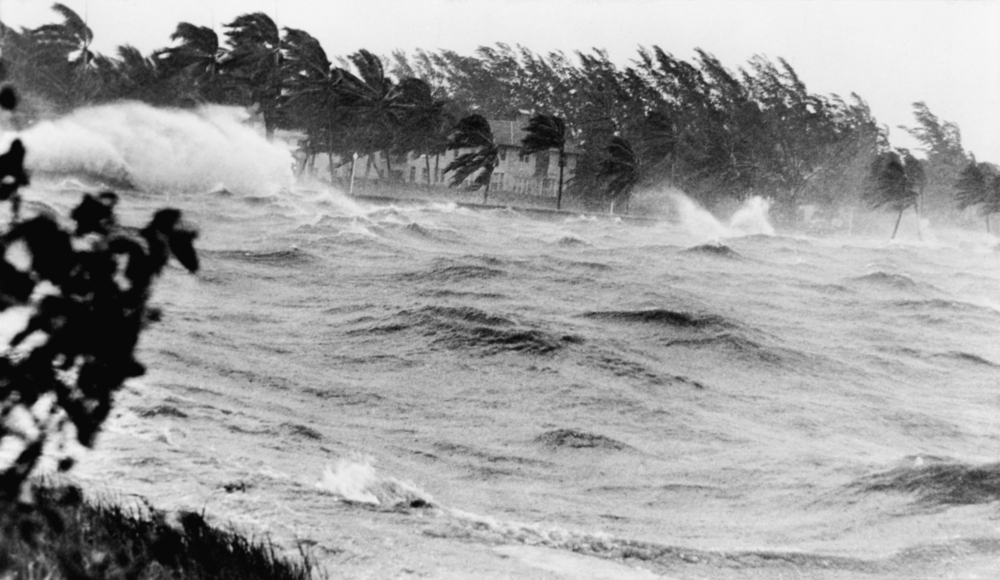Hurricane Readiness
Senior Living Resources
Hurricane season is here! Even if you have a previously existing plan, it’s worth updating it with new resources for staff and residents. Check out these suggestions for thorough hurricane preparedness for senior living communities. Post evacuation plans in large print Ensure that building evacuation plans are clearly posted, in large print and with large […]




